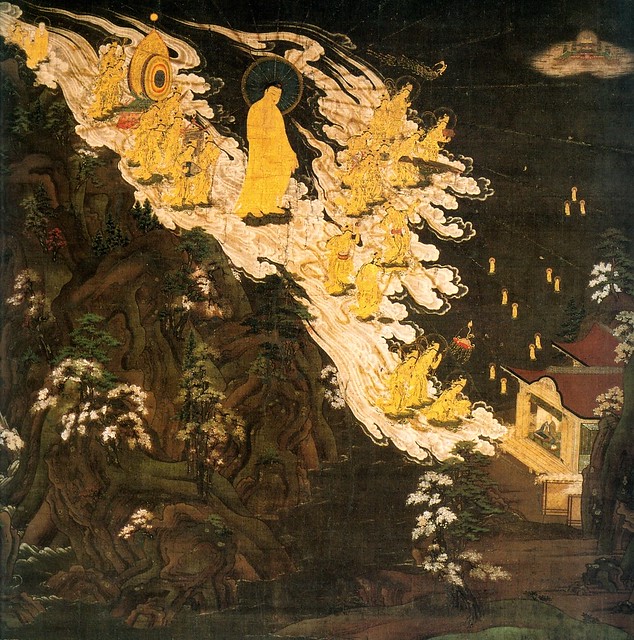
Master Shandao’s Exegesis on the Deep Mind–The Four Scenarios of Doubt: The Claims of So-called “Buddhas”
Answering the challenges of even enlightened beings

Answering the challenges of even enlightened beings

In his great wisdom, Master Shandao presented us with four scenarios of doubt that may impair or even destroy a Pure Land practitioner’s faith when

An effective yardstick for measuring faith The spiritual capacities, virtuous roots, and aptitudes of sentient beings vary greatly. No one is identical in his or

Rejecting the contrary teachings of men and bodhisattvas Pure Land Buddhism is classed as a difficult-to-believe teaching because it bears the message of Amitabha’s deliverance.

Deep faith based on Amitabha’s vow (the real), not the delusive mind (the unreal) Out of the seven kinds of determinant faith, we have so

The joy and relief of enlightenment Embracing the two kinds of determinant faith in aptitude and in the teachings (as taught by Master Shandao in

Abandoning the self and taking refuge in the Buddha The explication of the Sincere Mind and the two kinds of determinant deep faith (as mentioned

In the last few weeks, I have been teaching the Tale of Heike (Heike monogatari) to my students at Luther College. The Tale of Heike is central to Japanese

How the the first component of deep faith relates to sentient…

After his exegesis on the Sincere Mind, Master Shandao set forth to explain the meaning of the Deep Mind. The Deep Mind is the second

Who can really practice with a genuine mind? At the end of Master Shandao’s passage on interpreting the Sincere Mind, he states: For [disavowing] the threefold

Last time, we explored how a Pure Land aspirant attains both “genuineness in self-benefiting” and “genuineness in benefiting others” through the dedication of real merits